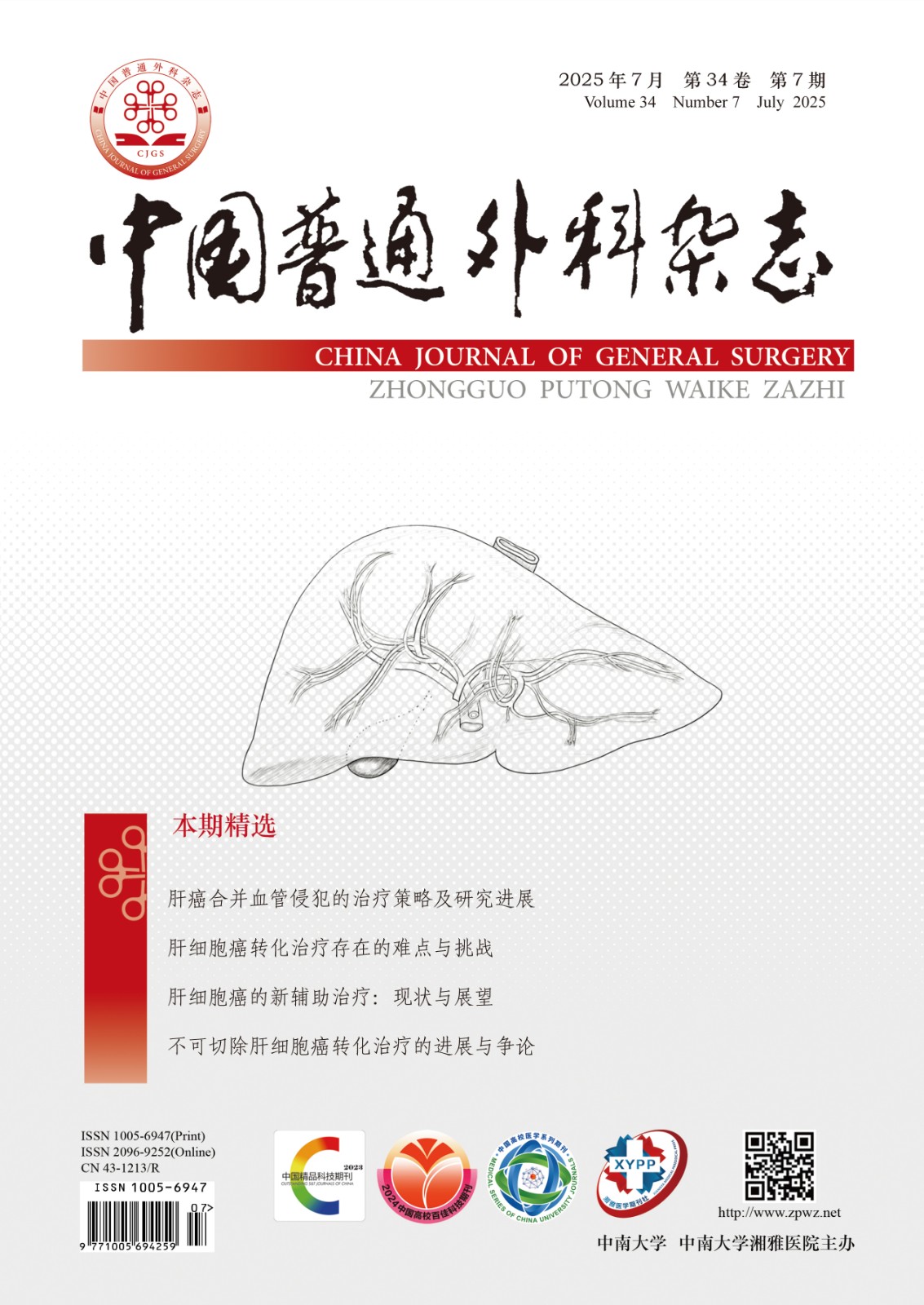Abstract:Abstract:Objective:To evaluate the practical value of ERCP for etiologic diagnosis and treatment of postcholecystectomy syndrome(PCS).
Methods :A retrospective review of 116 cases of postcholecystectomy syndrome received ERCP in the recent four years in our hospital was undertaken. Of the116 cases, 80 cases (68.97 %) had the indications for therapeutic ERCP and were treated by endoscopy.
Results:The bile duct was visualized in all of the 116 cases (100 %), and the pancreatic duct was visualized in 97 cases (83.62 %). The etiology of PCS was choledocholithiasis in 56 cases (48.28 %), diverticulum adjacent to duodenal papilla or papilla with in the diverticulm in 19 cases (16.37 %),residual of long cystic duct with stones in 15 cases (12.93 %), benign stenosis of terminal commom bile duct in 13 cases (11.20 %), sphincter of oddi dysfuction in 4 cases (3.45 %), tumour of doudenal papilla in 3 cases (2.59 %), stenosis of injured bile duct in 2 cases(1.73 %), sclerosing cholangitis in one case (0.86 %), cholangiocarcinoma in one case (0.86 %), remnant gallbladder with stones in one cases (0.86 %), and chronic pancreatic ductal lithiasis in one case (0.86 %). Fifty-seven cases were treated by EST stone extraction, 20 cases by ERBD,23 cases by ENBD, 1 case by EMBE, and 1 case by EPS extraction.In the 80 cases treated with endoscopy,75 cases were followed up for 3~12 months, with relief of symptons in 74 cases(98.67 %).
Conclusions:ERCP is the gold standard for etiologic diagnosis of PCS. PCS is an indication for therapy by ERCP. Therapeutic ERCP is the preferred treatment of PCS cases with an indication for endoscopic treatment.

